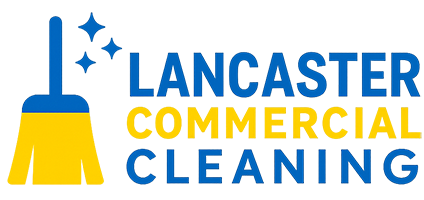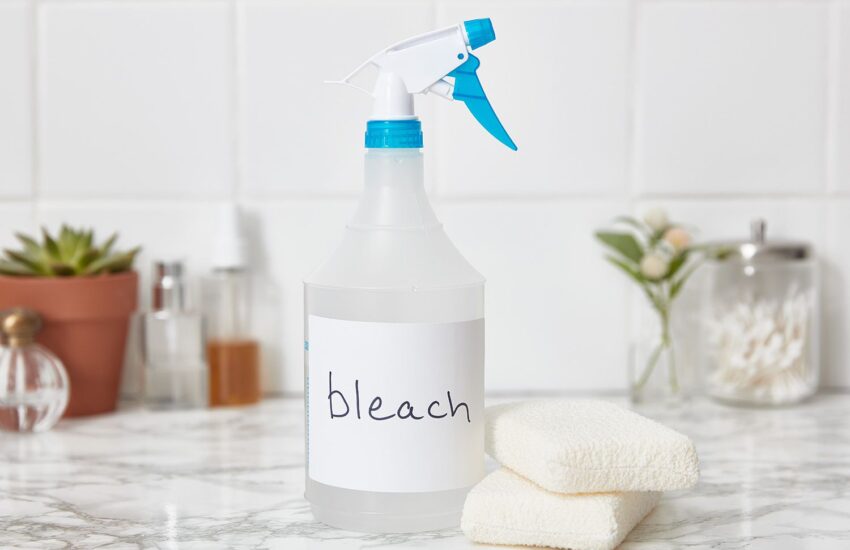Bleach has been around for more than 200 years. According to Environmental Science & Engineering magazine, sodium hypochlorite, the active ingredient in household bleach, was discovered by the French chemist Berthollet, in Javel on the outskirts of Paris, in 1787.
With a product that has been around for so long, it’s not surprising that there are multiple ways to use bleach to clean your home in Lancaster County. Bleach offers many powerful cleaning benefits, especially when it comes to disinfection and stain removal. Although it must always be used with care, bleach can be used in three specific ways for residential cleaning.
Disinfectant
If you are a human being, and most especially if you have children or pets, your home needs to be disinfected regularly, in order to achieve a deep clean. A disinfectant is a chemical liquid that destorys bacteria.
Because of its chemical components, bleach can kill germs and bacteria. Bleach is effective against a wide range of microorganisms. This includes bacteria like e coli and salmonella, viruses such as influenza and norovirus, and fungi like mold and mildew on non-porous surfaces.
To kill bacteria and germs in your house, you must sanitize all surfaces regularly. This is especially important in kitchens, bathrooms, and other high-traffic areas.
Stain Remover
The second way you can use bleach for home cleaning is as a stain remover. Bleach is ideal for removing stains from white fabrics, such as curtains, bedding, and towels. It is also an effective stain remover on hard surfaces, such as walls, floors, and counters. Bleach is ideal for use in bathrooms, because it can remove toilet bowl rings and soap scum and grout stains in your bathtub or shower.
Multi-Purpose Cleaner
The third way you can use bleach to clean your home is as a multi-purpose cleaner. Regular household bleach is low-cost and widely available. To use bleach to create a multipurpose cleaner, it must be diluted. To create a basic bleach multi-purpose cleaner, you should follow these steps:
- Pour 4 teaspoons (⅓ oz) unscented household bleach into a spray bottle or bucket.
- Add 1 quart (4 cups) of cool water to the spray bottle or bucket.
- Gently mix the bleach with the water. Now you’re ready to clean!
This bleach cleaning ratio is recommended by the Center for Disease Control for disinfecting hard, non-porous surfaces. This solution should also be mixed in a well-ventilated area to avoid inhaling fumes.
When cleaning, apply the multi-purpose cleaner to a surface and let it sit for at least 5 minutes to disinfect. Then wipe the surface clean with a cloth or let it air dry.
Safety Precautions
To prevent any potential problems or injuries when using bleach, you should follow these precautions:
- Never Mix Bleach with Ammonia or Vinegar: It can create toxic gases.
- Bleach Can Damage Some Materials: It may discolor fabric, corrode metals, or damage some finishes.
To prevent any potential problems when working with bleach and to avoid you or someone else from getting sick, you should follow these important safety tips whenever using bleach:
- Wear gloves to protect your skin.
- Do not mix bleach with other cleaners (especially ammonia or vinegar).
- Use multi-purpose cleaner on non-porous surfaces only.
- Discard unused solution after 24 hours; bleach degrades and loses its effectiveness over time.
- Always rinse surfaces that come into contact with food (like cutting boards or kitchen counters) after disinfection.
To learn more cleaning tips for your home, visit https://angiescustomcleaning.com/.

